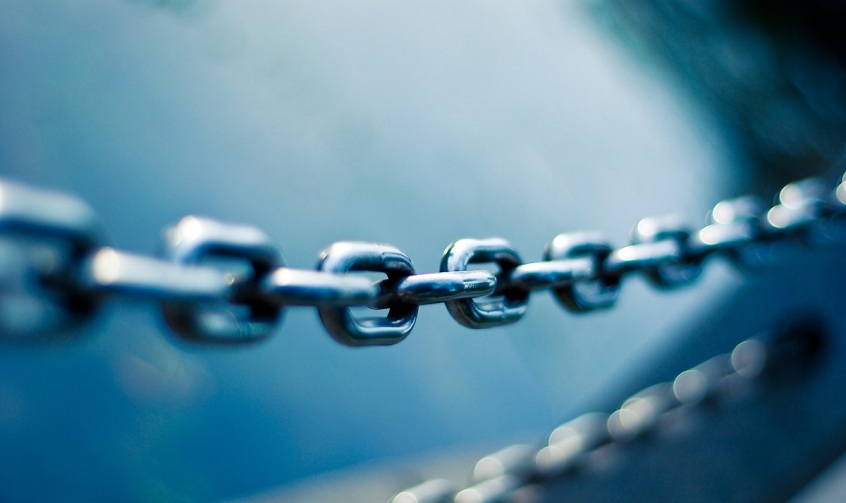If you want to optimize for search engines, link-building has to be an indispensable part of the strategy. The types of sites that link with yours help Google measure your site in the terms of authenticity, credibility, and quality. Now what type of sites link with yours depends on a number of factors. One of them is the type of link-building you chose. Hence, there are a number of types of link-building in SEO that you need to be aware of.

Maintaining links is one SEO task requiring constant effort and monitoring. While you have to work hard on your content quality to link with good sites, you also need to keep weeding out bad links. Apart from good and bad links, there are those that do neither harm nor good.
What kind of links you make considerably depends on the type of link-building method you use. For different websites, the link-building structures that work can vary. Therefore, you need to correctly identify your linking objectives and decide on the right mechanism(s) accordingly.
That being said, let’s talk about the…
Types of Link Building in SEO
There are many types of link-building models. However, all of them can broadly be divided into 3 categories:
1. Backlinks
Backlinks are also known as “incoming links” and “inbound links.” When a website links to another, a backlink is created. To understand it better, suppose there are two sites—A and B.
A incorporates a link in its content that leads to that of a B. This would mean that B has a backlink from A.
Backlinks are valuable for SEO as they signify a “vote of confidence.” If a quality website gives you a backlink, it tells the search engine that your content is rich in quality. As a result, it gives you a ranking boost. However, it is important to note that backlinks from spammy sites can bring down your ranking and visibility. Hence, backlinks are especially crucial for search engine optimization.
List below records some types of back-linking:
Backlinks that is generally good
- Editorial mentions
- Earned by providing free tools and applications
Backlinks that can be both good and bad depending upon the use
- Comment backlinks
- Directory links
- Press release links
- Earned from guest blogging
Backlinks that should be avoided
- Paid links
- Traded links
Read Also: Why does your business need quality backlinks?
2. Outbound links
Continuing the example of the websites A and B as mentioned above—while B has a backlink from A, A has an outbound link to B.
The point being, when you decide to incorporate an external link (that points towards a different website) in your website’s content, it’d be called an outbound link.
Outbound links also play a noticeable role in SEO. When your outbound links lead to quality sites, it can be beneficial for your website’s link profile. Just like that, links leading to poor quality and spammy websites can bring down your site rankings. Therefore, it is crucial to be cautious with your outbound links as well.
Outbound linking can be broadly defined in two categories:
# Dofollow links
These links are also known as “follow links.” When you link to a website using outbound links, those are by default “dofollow/follow links.” It is important to use such links as it’s a way of giving credit to the site you are linking with. This allows search engines to follow these links when crawling your website.
# Nofollow links
Contrary to “dofollow links,” “nofollow links” tells search engines to not to follow the outbound link. It is sometimes important to use such a method of linking. For example, there may be spammy outbound links in the comment section that lead to poor websites. If the search engine follows those links, it can be bad for your website’s ranking and visibility.
3. Internal links
Internal links are simply those links that lead to elements and pages within a website. For example, an internal link may lead to an article on a different page within the same website. Or it may lead to a particular section of an article on the same page.
Such links are crucial because they help you visitors find more relevant content within your website. These links play a role in determining how (and whether or not) visitors engage with your website. You must be aware of how dwell time plays a role in your website’s search engine ranking. Therefore, internal linking is an important aspect of SEO.
Hence, just like with inbound and outbound links, you should also optimize your internal links.
Bottom line
There can be many types of link-building models. However, they can broadly be divided into 3 categories, namely Backlink, Outbound link, and Internal link. Depending upon the use, these links can ‘make or break’ your SEO. Hence, it is important to make sure that you use these link-building means wisely. It is always best to prioritize quality and maintain ethicality. This way, you can get the best out of link-building in the long run and enjoy high organic rankings.
Found what you were looking for? If not, our comment section is open!



